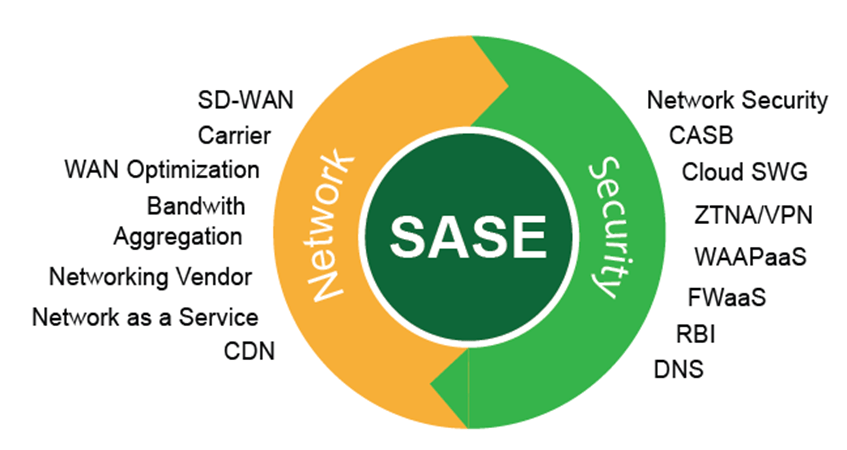The world of goal setting has evolved, and at the forefront of this evolution is the methodology known as OKR – Objectives and Key Results. In this article, we’ll delve into the art of OKR goal setting and tracking, exploring its components, best practices, challenges, success stories, and the future trends that shape this transformative approach.
Introduction
Goal setting is a fundamental aspect of personal and professional growth. However, not all goals are created equal, and this is where OKRs come into play. OKR stands for Objectives and Key Results, a goal-setting framework that has gained popularity for its effectiveness in various settings.
Understanding OKRs
1. Breakdown of OKR (Objectives and Key Results)
At its core, OKR consists of defining clear objectives and establishing measurable key results that indicate progress toward those objectives. This clarity in goal definition sets OKRs apart from traditional goal-setting methods.
2. Setting Ambitious yet Achievable Goals
OKRs encourage setting ambitious objectives that challenge individuals or teams to strive for excellence. However, these objectives must also be achievable, striking a balance that fosters growth without becoming unattainable.
The Components of a Successful OKR
In order to fully embrace the art of OKR goal setting, one must understand its key components.
1. Clear Objectives
The first step is to articulate clear and concise objectives. These objectives should be inspiring, outlining the direction to be taken.
2. Key Results that are Measurable
Key Results are the measurable outcomes that determine the success of the objectives. They provide a quantifiable way to assess progress and achievement.
3. Relevance and Alignment
For OKRs to be effective, they must be relevant to the overall mission or vision of the individual, team, or organization. Alignment ensures that everyone is moving in the same direction.
OKR Best Practices
1. Regular Check-ins and Updates
Regular check-ins are essential to keep everyone on track. These meetings provide an opportunity to discuss progress, address challenges, and make necessary adjustments.
2. Flexibility and Adaptability
OKRs are not set in stone. Flexibility and adaptability are crucial. If circumstances change, goals may need adjustment for continued relevance.
3. Transparency in Communication
Open and transparent communication is vital for the success of OKRs. Team members need to understand the objectives and their role in achieving them.
Implementing OKRs in Different Environments
1. OKRs in Businesses
Businesses have increasingly adopted OKRs to align teams and drive success. The method ensures that each employee understands their contribution to the company’s overall objectives.
2. OKRs in Personal Development
On a personal level, OKRs can be a powerful tool for self-improvement. Individuals can set objectives for career growth, skill development, or personal achievements.
3. OKRs in Education
Educational institutions can also benefit from OKRs by setting objectives for academic achievements, student engagement, and institutional advancement.
Challenges in OKR Implementation
1. Overambitious Goals
Setting overly ambitious goals can lead to frustration and burnout. It’s important to strike a balance between ambition and achievability.
2. Lack of Alignment
If OKRs are not aligned with the broader mission, they can become counterproductive. Ensuring alignment is crucial for collective success.
3. Inadequate Tracking Mechanisms
Without effective OKR tracking, it’s challenging to assess progress accurately. Investing in robust tracking mechanisms is essential.
Overcoming Challenges
1. Regular Evaluations
Frequent evaluations help identify challenges early on, allowing for timely adjustments and improvements.
2. Adjusting Goals as Needed
If goals become unattainable or lose relevance, it’s crucial to adjust them. Flexibility is key to successful OKR implementation.
3. Learning from Setbacks
Setbacks are a natural part of goal pursuit. Learning from failures and setbacks is essential for continuous improvement.
OKR Tools and Software
1. Overview of Popular Tools
Several tools and software are designed to facilitate OKR implementation. Understanding these tools can streamline the goal-setting process.
2. Choosing the Right Tool for Your Needs
The choice of OKR tool depends on the specific needs and preferences of the individual or organization. Consider factors such as user-friendliness and integration capabilities.
Success Stories
1. Case Studies of Organizations Benefiting from OKR
Numerous organizations, including Google and Intel, have experienced remarkable success with OKR implementation. Examining these case studies provides valuable insights.
2. Personal Success Stories
Individuals too have achieved significant milestones using OKRs. Personal success stories serve as inspiration for those embarking on their OKR journey.
The Psychological Aspect of OKRs
1. Motivation and Goal Achievement
OKRs tap into the psychological aspect of motivation by setting challenging yet attainable goals. This motivation drives individuals and teams toward success.
2. Creating a Positive and Focused Mindset
The process of defining and achieving OKRs promotes a positive and focused mindset, fostering a can-do attitude among participants.
OKRs and Team Collaboration
1. Fostering Teamwork through Shared Goals
OKRs encourage teamwork by aligning everyone toward shared objectives. This collaborative approach enhances communication and cohesion within teams.
2. Encouraging Accountability
Individuals become more accountable when their contributions directly impact shared goals. OKRs instill a sense of responsibility among team members.
Measuring OKR Success
1. Quantitative and Qualitative Metrics
Success in OKR implementation is measured through a combination of quantitative metrics (key results) and qualitative assessments of goal achievement.
2. Celebrating Achievements
Recognizing and celebrating achievements, no matter how small, contributes to a positive culture and motivates ongoing effort.
Common Misconceptions About OKRs
1. OKRs are Only for Large Companies
OKRs are scalable and applicable to businesses of all sizes. Small companies and individuals can benefit just as much as large corporations.
2. OKRs Replace Day-to-Day Tasks
OKRs are not a replacement for routine tasks. They complement daily activities by providing a strategic framework.
3. OKRs are Static
OKRs should evolve as circumstances change. A static approach can hinder progress and adaptation.
Future Trends in OKR Adoption
1. Continuous Evolution of Goal-Setting Methodologies
As organizations and individuals continue to refine their approaches, the future will see an evolution in goal-setting methodologies, with OKRs leading the way.
2. Integration with Emerging Technologies
Advancements in technology will likely lead to enhanced tools and software that seamlessly integrate with OKR frameworks.
Conclusion
In conclusion, the art of OKR goal setting and tracking is a dynamic and transformative process. By understanding the components, implementing best practices, overcoming challenges, and embracing the psychological aspect, individuals and organizations can unlock unprecedented growth. The future holds exciting trends, making OKRs a cornerstone of success.








